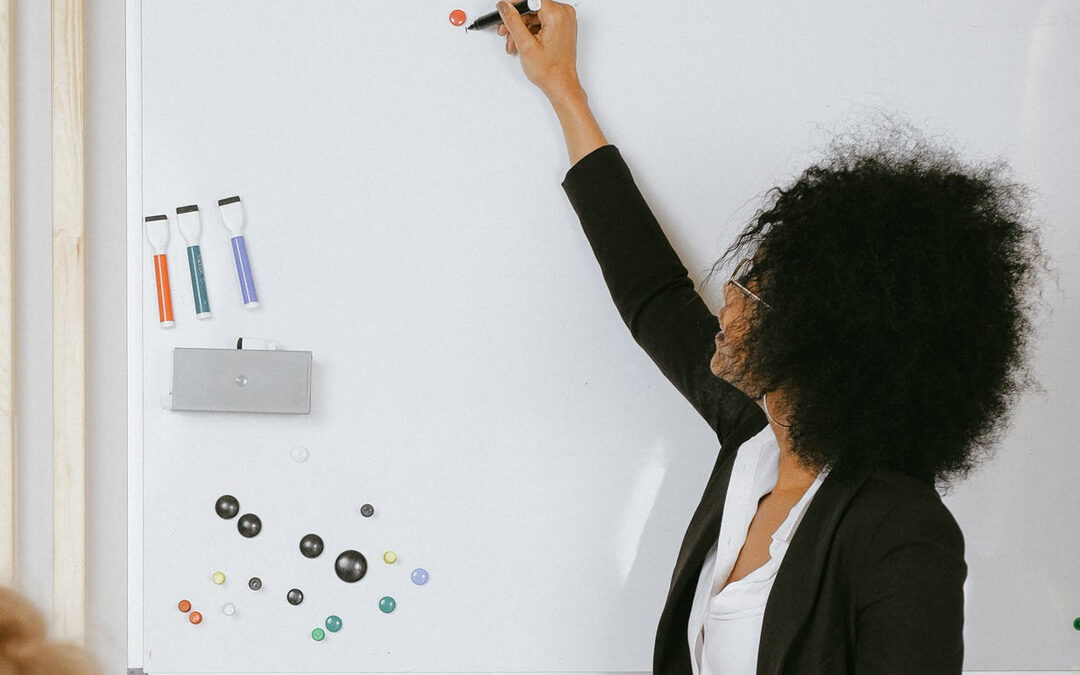Marketers have been employing customer-centered strategies in creating ads to specifically target segments of their audience. One of these involves using buyer personas that are prototypical representations of segments of their audience to create relatable ads that are more likely to incite action on the customers’ end. The L&D equivalent of this is a learner persona.
Effective learning strategies do not stereotype learners, they employ learner personas to focus on targeting instead. This involves taking your learners’ demographics, education and skill level, motivations, needs, goals, learning habits, online habits, etc into consideration when designing instructional material.
Importance Of a Learner Profile
A learner profile allows you to analyze your specific audience (your learner). The typical learner profile displays an overview of your learner’s needs, wants and behaviors. Having these in-depth descriptions, will allow you to create not only more effective programs, but more engaging ones as well.
Putting a name and face to the learner stats makes it easier to understand what the learners need. At every decision point, the course designers can ask, “What does Ava need?” or “What does Ava want?”
Design For the Learner, Not the Demographics
By crafting a learner persona, you can go beyond the typical audience analysis and paint a vivid picture of who you are designing a learning experience or materials for. This means gathering more than simple demographic data. Ideally, you will capture this data through interaction with the learners. This will provide a more in-depth understanding of your learners, which will result in greater accuracy.
Steps to creating a learner persona
If you are looking to move away from mediocre content towards more outstanding learning content, learner personas might be just what you need. Follow these steps to get you started:
1. Gather information for a learner persona
The first step in developing a learner persona is gathering information about specific learners. The final learner persona will reflect a hypothetical archetype, rather than someone in reality. The information the persona is based on, however, should come from extensive interviews with sample audience members and supervisors, conducted by subject level experts.
The interview should ask the learner questions about:
- Basic demographics including age, family and where they live
- A typical day for them, particularly related to the relevant eLearning course
- The circumstances of their work environment including frustrations, relationships, and skill level
- Their needs
2. Analyze information
After conducting interviews and collecting information, it’s important to analyze the information with your audience members and supervisors. Analyzing the information should yield a selection of archetypal personas with similar characteristics, behaviors, and needs.
In the marketing world, we typically have several personas to reflect the different market segments. However, your information will have trends showing a primary learner persona, along with one or two secondary personas.
3. Write a learner persona
Once you’ve gathered and analyzed the information, your next step is to convert it into a more concise format that’s useful to your team.
Learner personas are often shown to a team through presentation slides or printed and posted on a wall in the workplace for ongoing reference. When you create your personas, search for images that capture their essence and help you think of the real learners represented by the personas. Our company used a mannequin that felt omnipresent and was useful to infuse our learning with the persona’s perspective.
A persona should include:
- Behavior patterns
- Goals, both long-term and short-term
- Needs
- Attitudes, beliefs, and opinions
- Skills
- Context and background information about those areas of the persona’s life
4. Implement the learner persona
Having the full-sized mannequins in the office really helped our team remember the learner. When making decisions, the learner persona should be in everyone’s mind. The persona should come into every conversation about course design as a member of the design team.
For example:
- What does Ava already know about this topic?
- What design elements will help Ava be successful in the course? In her life?
- Does Ava care about the training?
- Will she understand the jargon used?
When using learner personas, you can ensure that your learner engages with your content and feels heard and understood. Using them on a day-to-day basis will also ensure that your team stays on the same page with instructional design, producing high value content beneficial to your learner and simultaneously ensuring better outcomes for both learners and the organization’s needs.
Instantly improve your learning strategy
Knowing your audience is crucial for the best results. Without a learner persona in the workplace, it’s difficult to stay consistent with the needs, behaviors and thought processes of the learner. By following the steps above and using a learner persona, your company’s learning strategy will instantly improve.
Regularly referring to an accurate persona will create more uniformity, as every team member will have a better understanding of the typical learner. In return, you’ll be able to meet more learners’ needs and have an overall more effective program.

